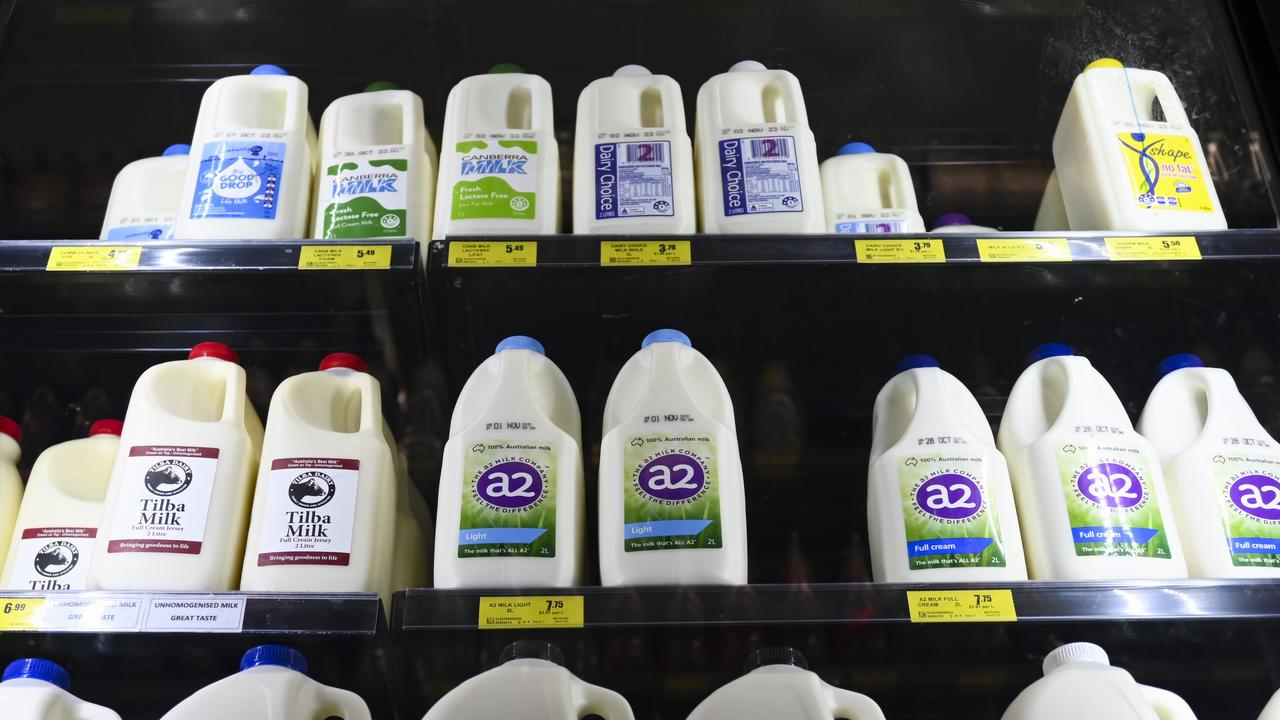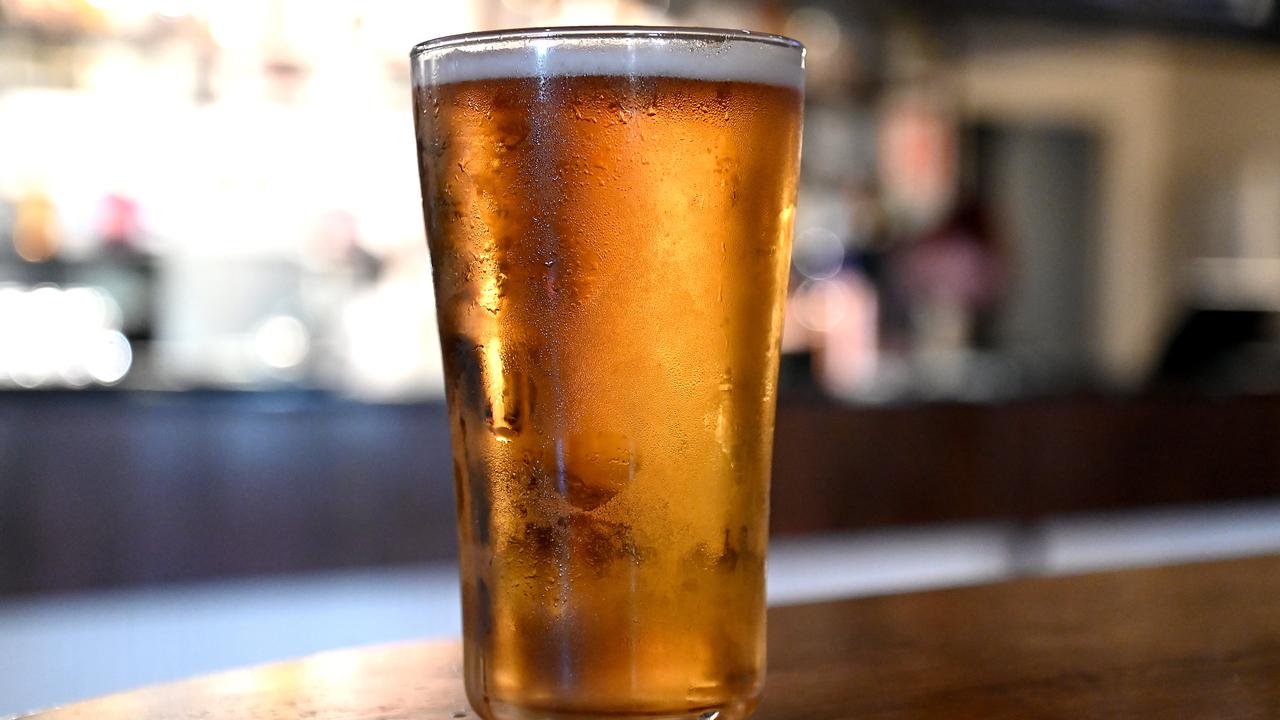‘Not getting what’s on the label’: New research has cast doubts over the humble fish and chip
New research shows the ubiquitous ‘flake’, which is often used at fish and chip shops, might not be the fish it should be.

The ever-present flake from fish and chips shops is actually endangered shark 10 per cent of the time, new research finds.
The Macquarie University study, published this month, found high levels of mislabelling of shark product in Australian fish markets and seafood shops, including ambiguous labels which did not adhere to the Australian Fish Names Standard.
Mislabelling masks the presence of threatened species, the author says.
In Australia, ‘flake’ cuts are supposed to be only gummy shark or New Zealand rig shark, but nationwide research has found 88 per cent of ‘flake’ samples were from neither of these species.
The study identified nine samples which came from three species listed as threatened, including the critically endangered scalloped hammerhead and school shark; all were sold as ‘flake’.

“I was surprised by the amount of people who didn’t know what flake was. They didn’t realise it was shark, or even know that shark could be sold,” researcher Teagen Parker Kielniacz said.
“Everybody wants to trust that what they’re eating is what the label says it is,” Ms Parker Kielniacz said.
“Our study found that for 70 per cent of samples, we’re not getting what’s on the label – that’s really significant.”

For the study, 91 samples of shark meat from 28 retailers across six Australian states and territories were collected.
DNA testing showed seven in every 10 samples were mislabelled. ‘Flake’ was not what is should be 88 per cent of the time.
The Australian Fish Names Standards dictate flake can only come from the sustainably caught gummy or New Zealand rig sharks, the latter also known as spotted estuary smooth-hound.
“Our research shows that mislabelling of shark meat is a widespread problem in Australia,” Ms Parker Kielniacz said.
“Consumers assume that because you can buy flake, it is a sustainable choice, but it’s a bit more nuanced than that; most flake was not from sustainably caught shark species.”
Federal Fisheries Minister Murray Watt says the problem spans domestic fishing, supply chains, consumer laws, and imports.
“It is always concerning when Australian consumers think they’re buying flake but instead are unwittingly eating an endangered species,” Mr Watt said.
“It is also concerning when products are being mislabelled, either intentionally or otherwise.”
Labelling and supply chain changes were in the works, the Minister said.
From 2025 seafood retailers need to label products as either ‘Australian, ‘imported’ or mixed.
“Also we are close to finalising our work on the election commitment to consider a framework to prevent imports of illegal, unregulated and unreported fishery products,” Mr Watt said.
“This may provide for greater transparency and understanding of supply chains.”




